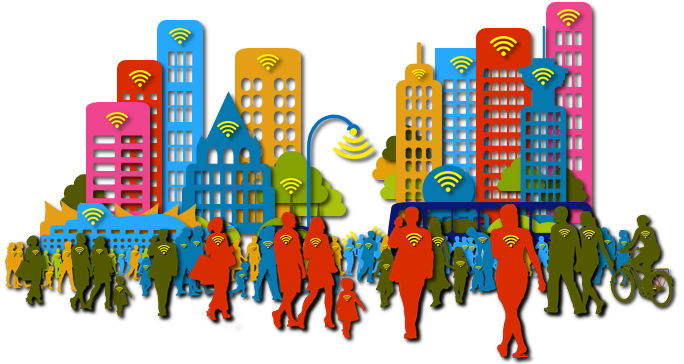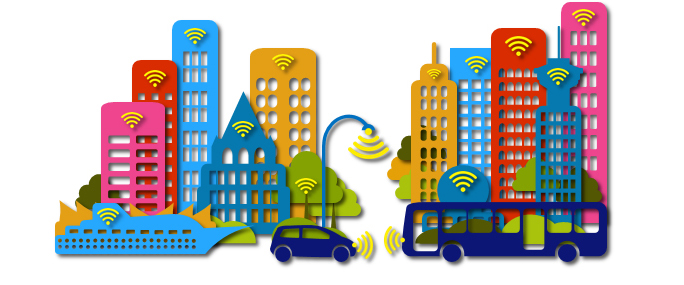Canada’s National Research Council (NRC) has identified Cities of the Future as a game-changing technology and economic opportunity. Following a national dialogue, an Executive Summit was held in Toronto on March 31, 2016, resulting in an important summary report that will become the seed for Canadian R&D strategy in this sector.
The conclusion so far is that the opportunity for Canada is to muster leadership in the following three areas (in order):
- Better Infrastructure and Infrastructure Management
- Efficient Transportation; and
- Renewable Energy
The real challenge for Canada is that most of the global pioneers on the smart city frontier have already staked out this exact same territory. And this isn’t surprising given that the predominant ‘civil engineering’ vision for the future of cities imagines them as machines – as beautiful infrastructure well-oiled with data.
So where can Canada its best niche? We are blessed with a number of advantages including:
- Innovation Platforms: We already have a disproportionate number of the best cities in the world, which from an innovation perspective elevates these to a ‘platform’ level where all future-building is faster and easier.
- Smart Urban Population: The projection is that 75% of the world’s population will live in cities by 2050, but in Canada that number is already 81% and rising. Canadians are well-educated, well-connected and distinctively global while also distinctively urban, enabling the our leading cities to become ‘living labs’ filled with first-adopters.
- Healthy Society: in short, we are one of the few places in the world where our entire society can also be employed as an innovation platform.
Cities aren’t machines, they are cradles for future of humanity. That’s the opportunity. The engineering vision above needs to be socially enhanced as illustrated here:
 Another way to consider the opportunity starts with the concept of “transhumanity”, where wearable technologies are enabling people to extend their natural capacity. Some of the ideas here still seem creepy, so a better term may be “transurbanity”, where people with such technologies, participating autonomously, can dramatically extend the capacity and livability of their cities. Rather than becoming the oil in a machine, people collectively become the neurons of a higher-order urban ‘mind’ that is enabled and energized by data.
Another way to consider the opportunity starts with the concept of “transhumanity”, where wearable technologies are enabling people to extend their natural capacity. Some of the ideas here still seem creepy, so a better term may be “transurbanity”, where people with such technologies, participating autonomously, can dramatically extend the capacity and livability of their cities. Rather than becoming the oil in a machine, people collectively become the neurons of a higher-order urban ‘mind’ that is enabled and energized by data.More concretely, people are a horizontal strategy, whereas infrastructure, transportation and energy are all verticals. By playing it cards well, Canada can win in multiple verticals.
Urban Opus focuses on this human interface for smart cities precisely because it is a game-changing horizontal opportunity that fits beautifully with Canada’s breadth of competencies across science, technology, digital story telling, culture and society. Not to be too political, but it is a very ‘liberal’ trajectory.

